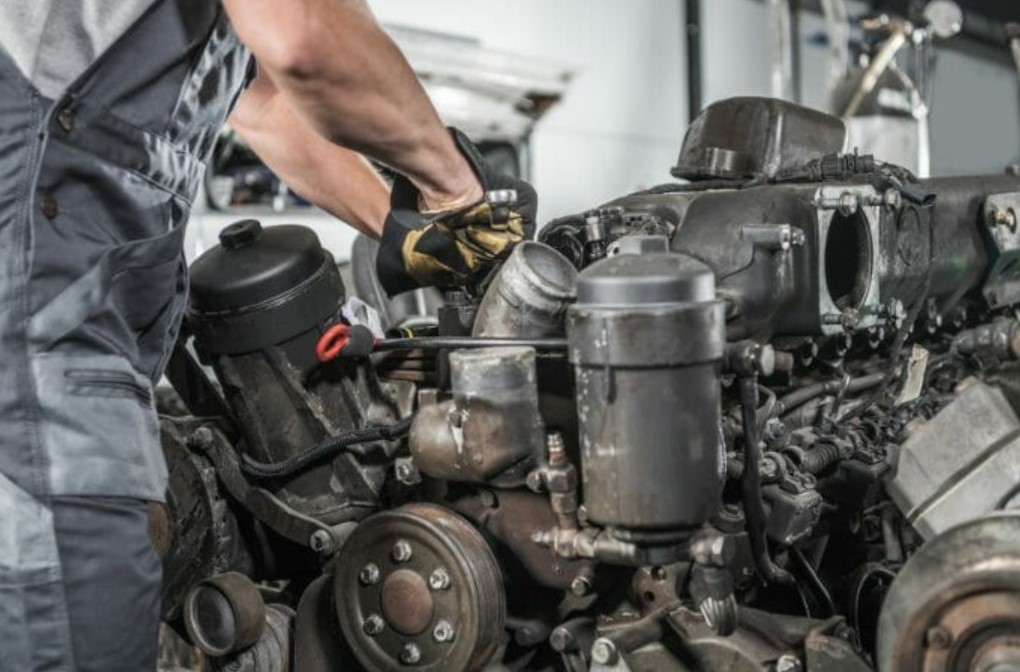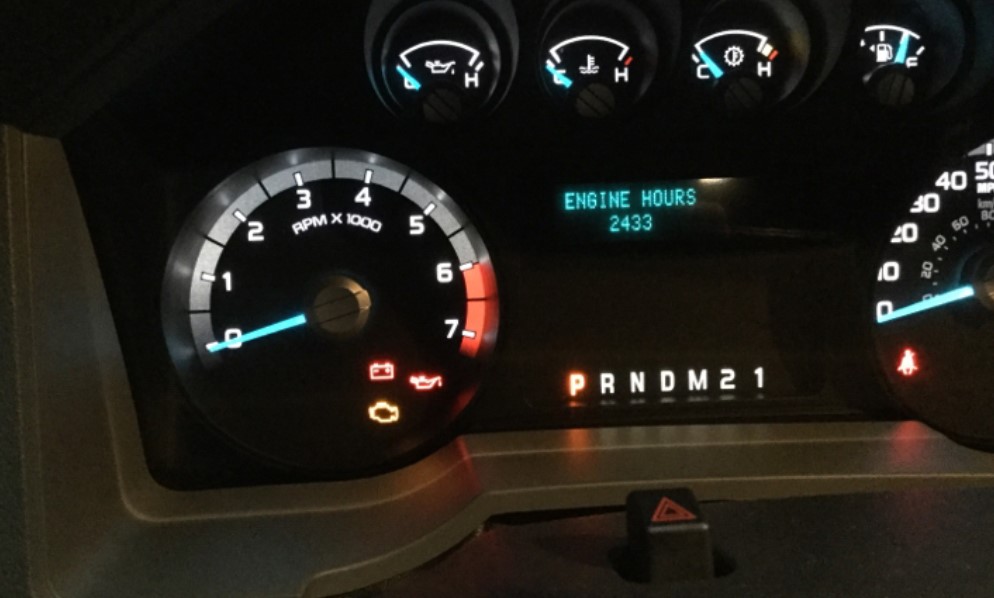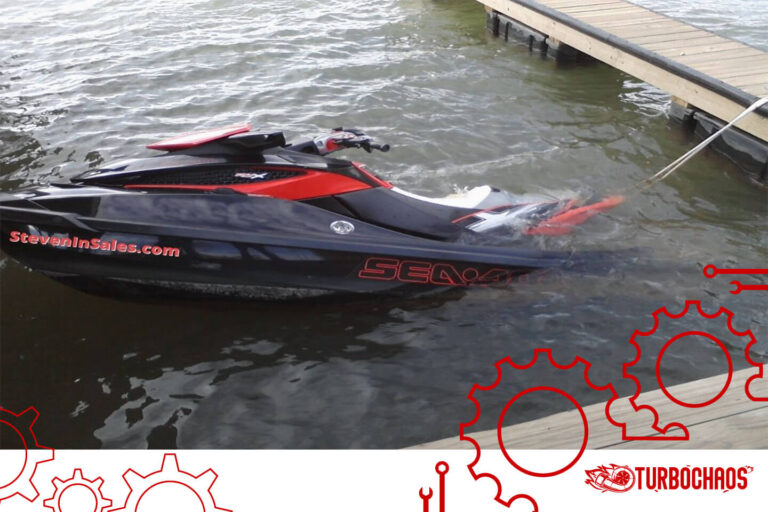Is 4000 Engine Hours A Lot? All You Need To Know
This article will explain Is 4000 Engine Hours A Lot? This question is crucial for buyers, sellers, and users of such equipment. Understanding this metric can greatly influence decisions related to the purchase, sale, maintenance, and overall utilization of these engines. When discussing the lifespan and usage of heavy machinery, vehicles, or marine engines, the metric of “engine hours” often comes into play.
Key Takeaways
- Engine hours are a measure of how long an engine has run, not just mileage or years of service.
- 4000 engine hours can be interpreted differently depending on the type of engine and its intended use.
- Regular maintenance and the operational environment significantly impact an engine’s longevity.
- Comparisons with industry standards are essential to gauge if 4000 engine hours is excessive.
Is 4000 Engine Hours A Lot?
Whether 4000 engine hours is a lot depends on the type of engine and its intended use. For heavy-duty diesel engines used in commercial vehicles or industrial equipment, 4000 hours is generally considered mid-life, assuming proper maintenance.

However, for light-duty gasoline engines found in smaller vehicles and equipment, 4000 hours may be closer to the upper limit of their operational lifespan. Maintenance history and operational conditions also play a significant role in determining the impact of 4000 engine hours.
Contextual Understanding of Engine Hours
Engine hours are a unit of measurement that indicates the total time an engine has been in operation. Unlike mileage, which shows how far a vehicle has traveled, engine hours reflect the actual running time of the engine.
This measurement is particularly relevant for machinery and vehicles that spend significant time operating at a standstill or at low speeds, such as tractors, boats, and stationary generators.
Comparing with Industry Standards
To determine if 4000 engine hours is a significant amount, it’s essential to compare it with industry benchmarks. For example, many heavy-duty diesel engines are designed to last for around 10,000 to 20,000 hours with proper maintenance. In this context, 4000 hours may not be considered excessive. However, for smaller, lighter-duty engines, this figure might indicate a nearing end of life.
Factors Influencing Engine Lifespan
Role of Maintenance
Regular maintenance is crucial in extending the life of an engine. Engines with a history of timely oil changes, filter replacements, and inspections can operate efficiently beyond 4000 hours. Neglecting maintenance can lead to increased wear and tear, reducing the engine’s lifespan significantly.
Operational Environment
The conditions under which the engine operates play a vital role in its longevity. Engines used in harsh environments, such as extreme temperatures or dusty conditions, may experience more wear and typically have a shorter lifespan. Thus, 4000 engine hours in such conditions might be considered high.
Types of Engines and Their Longevity

Heavy-Duty Diesel Engines
Heavy-duty diesel engines, commonly found in trucks and large boats, are built for endurance. These engines, when maintained properly, can surpass 20,000 hours of operation. In this category, 4000 engine hours is generally not a cause for concern.
Light-duty and Gasoline Engines
Light-duty and gasoline engines, often used in smaller vehicles and equipment, have a different threshold for what constitutes high usage. In these cases, 4000 engine hours might be closer to the upper limit of their operational lifespan.
Maintenance Tips for Prolonging Engine Life
Regular Check-Ups and Oil Changes
Ensuring regular maintenance, including oil changes and filter replacements, is vital for prolonging an engine’s life. These practices can make a substantial difference in how an engine performs beyond 4000 hours.
Monitoring Engine Performance
Keeping an eye on engine performance, including fuel efficiency and power output, can provide early indicators of potential issues. Addressing these promptly can prevent further damage and extend the engine’s lifespan.
Understanding Engine Wear and Tear

Signs of Engine Fatigue
Understanding the signs of wear and tear can help in assessing if 4000 engine hours has taken a toll on an engine. These signs include increased oil consumption, decreased power, and unusual noises.
Impact of Overuse
Excessive use without adequate maintenance can accelerate the wear and tear process. In such cases, 4000 engine hours could signify an engine nearing the end of its useful life.
Evaluating Resale Value and Cost-Effectiveness
Impact on Resale Value
The number of engine hours, specifically 4000 engine hours, can significantly impact the resale value of machinery or vehicles. Prospective buyers often view higher engine hours as a potential risk, anticipating increased maintenance costs or a shorter remaining lifespan. It is essential to consider this aspect when evaluating the resale potential of equipment with 4000 hours or more.
Balancing Cost and Performance
For those considering purchasing equipment with 4000 engine hours, balancing the cost against expected performance is vital. While such machinery might come at a lower price, potential buyers should factor in the likelihood of increased maintenance expenses and the possibility of more frequent repairs.
Predictive Maintenance and Engine Hours
Utilizing Predictive Maintenance Techniques
In the modern era, predictive maintenance has become an invaluable tool for managing engines with significant hours, like 4000 engine hours. By analyzing data from the engine’s operation, owners can predict potential failures and address them proactively, potentially extending the engine’s usable life.
Technology’s Role in Engine Longevity
Advancements in technology allow for more precise monitoring of engine conditions. This technological intervention can be especially beneficial for engines with higher hours, providing detailed insights into the engine’s health and helping to make informed decisions about maintenance and usage.
Engine Hours in Different Industries

Agricultural Sector
In agriculture, equipment often runs for long periods at a time, accumulating engine hours quickly. In this context, 4000 engine hours might be seen as moderate use, provided the machinery has been well-maintained.
Marine Industry
For marine engines, where constant operation is common, 4000 engine hours can be considered relatively low to moderate usage. However, the harsh marine environment can accelerate wear, making maintenance and operational history crucial factors in assessing an engine’s condition.
Upgrading and Retrofitting Older Engines
Advantages of Upgrading
For engines approaching or surpassing 4000 hours, upgrading or retrofitting can be a cost-effective way to extend their life. This might include installing newer parts or technologies that enhance performance and efficiency.
Considerations for Retrofitting
When retrofitting an older engine, it’s important to weigh the costs against the benefits. For engines with 4000 hours or more, such upgrades can lead to improved reliability and performance, potentially offsetting the investment cost over time.
Environmental Considerations
Emission Standards and Older Engines
Engines with high operating hours, like 4000 engine hours, might struggle to meet current emission standards. This aspect is crucial for environmentally conscious operations and in regions with strict emission regulations.
The Green Perspective
From an environmental standpoint, maintaining and upgrading older engines to be more efficient can be more sustainable than replacing them with new ones. This approach reduces waste and the environmental impact associated with manufacturing new engines.
How Many Engine Hours Is Considered High?
Determining what constitutes “high” engine hours largely depends on the type of engine and its typical use case. Generally, for heavy-duty diesel engines used in commercial trucks or industrial machinery, anything above 10,000 to 15,000 hours might be considered high.

These engines are designed for durability and long-term use. In contrast, for light-duty gasoline engines found in smaller vehicles and equipment, high engine hours might be in the range of 6,000 to 10,000. These engines are not as robust as their heavy-duty counterparts and thus have a shorter operational threshold.
It’s important to note that the maintenance history and operational conditions play a significant role in how ‘high’ is defined for engine hours. Engines well-maintained and operated under ideal conditions can exceed typical high-hour thresholds while still maintaining good performance.
How Many Hours Should An Engine Last?
The lifespan of an engine in terms of hours can vary widely based on the engine type and usage. Heavy-duty diesel engines, which are commonly used in commercial vehicles and industrial machinery, are designed to last between 10,000 and 20,000 hours with proper maintenance.
Some industrial engines used in less strenuous conditions can last even longer. On the other hand, standard gasoline engines in passenger vehicles and light machinery are generally expected to last between 3,000 and 10,000 hours.
Again, these figures can vary depending on how the engine is used and maintained. Regular maintenance, including oil changes, filter replacements, and timely repairs, is crucial to reaching the upper end of these lifespan estimates.
What Is A Good Engine Hours To Mileage Ratio?
A good engine hours to mileage ratio depends on the type of vehicle or machinery and its typical use. For instance, heavy machinery used in construction or agriculture might have high engine hours relative to mileage because they often operate at a stationary point.

A ratio of 50 engine hours to every 1,000 miles might be typical for such equipment. For commercial trucks that travel long distances, a lower ratio, like 25 engine hours per 1,000 miles, could be more common.
This difference is because these vehicles are often used for long-distance travel at higher speeds, which accumulates miles faster than engine hours.
In contrast, passenger vehicles, which are used for a mix of city and highway driving, might have a ratio closer to 30-40 engine hours per 1,000 miles. This ratio is an essential factor in assessing the wear and usage of a vehicle, especially when comparing similar types of vehicles or machinery.
Conclusion
In summary, whether 4000 engine hours is a lot depends on various factors, including the type of engine, its maintenance history, and operational conditions.
Regular maintenance and understanding the signs of wear are crucial in determining the health and remaining lifespan of an engine at this hour mark. Making informed decisions based on these factors is key in managing engines with 4000 hours or more.
Top FAQ’s
What Should Be Considered When Buying Equipment with High Engine Hours?
When buying equipment with high engine hours, consider the engine’s maintenance history, current condition, potential future maintenance costs, and how the engine hours align with the type of engine and its typical lifespan. Also, assess whether the equipment meets your performance requirements despite its high hours.
How Do Technological Advancements Aid in Managing High-Hour Engines?
Technological advancements, such as predictive maintenance tools, help in efficiently managing high-hour engines. These technologies can forecast potential issues, allowing for proactive maintenance, and thereby extending the engine’s useful life.
What Role Does the Operational Environment Play in Engine Longevity?
The operational environment significantly affects engine longevity. Engines used in harsh conditions, like extreme temperatures or dusty areas, may have a shorter lifespan. In such environments, 4000 hours can be quite demanding on an engine.
Is It Cost-Effective to Repair an Engine with Over 4000 Hours?
This depends on the engine’s overall condition, the cost of repairs, and the engine’s importance in its application. Sometimes, repairing a high-hour engine is more cost-effective than replacing it, especially if it still meets operational needs.
What Are the Signs of Wear in High-Hour Engines?
Signs of wear in engines with high hours, such as over 4000 hours, include increased oil consumption, reduced power and efficiency, unusual noises, and more frequent need for repairs.

Welcome to the exhilarating world of Matt Rex, a professional car racer turned renowned vehicle enthusiast. Immerse yourself in his captivating blog as he shares heart-pounding adventures, expert reviews, and valuable insights on cars, trucks, jets, and more. Fuel your passion for speed and discover the beauty of vehicles through Matt’s engaging stories and meticulous expertise. Join the ever-growing community of enthusiasts who find inspiration and expert advice in Matt Rex’s blog—a digital hub where the thrill of speed meets the pursuit of knowledge.


![Sea-Doo RXT 255 Top Speed [Quick Answer]](https://www.turbochaos.com/wp-content/uploads/2023/08/Sea-Doo-RXT-255-Top-Speed-768x512.jpg)

![Ekoi Cycling Shoes Review [All You Need To Know]](https://www.turbochaos.com/wp-content/uploads/2023/09/Ekoi-Cycling-Shoes-Review.jpg)


